May Your Shelter In Place Lift Up Your Birding Spirits
By Pam Young, Golden Gate Bird Alliance’s Executive Director
Dear readers and members,
During this protracted time when we follow the shelter in place order, we at Golden Gate Bird Alliance encourage you to find ways to appreciate what is most valuable in our lives: our health and well-being. As many of you know, one of the most welcoming and refreshing activities is a lovely outing in nature. It is a wonderful thing that nature remains a healthy and beneficial destination, even in times like these.
We have nature in the parks and we also have nature beckoning near our front doors. Do you have children at home? Invite them to spy with their little eyes a flash of a feather that zips by.
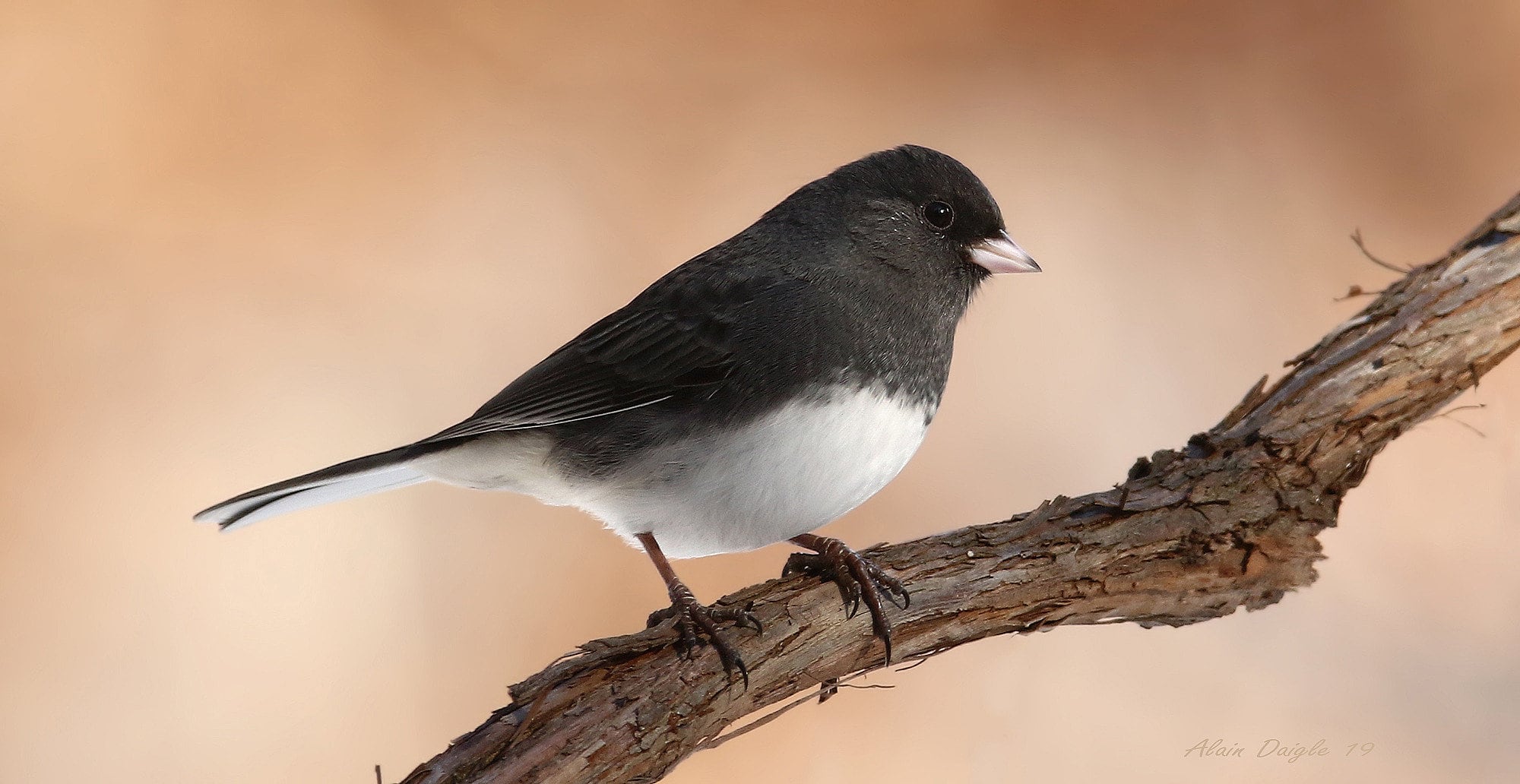 Dark-eyed Junco by Alain Daigle
Dark-eyed Junco by Alain Daigle
Share the joys of discovery while observing a Dark-eyed Junco as she goes about her busy day. Is she foraging – what is she eating? Is she building a nest – where might her nest be? Is she alone or socializing (while keeping her social distance)?
Is that trilling song from the Orange-crowned Warbler – newly returned from his wintering grounds? Is that a caterpillar in his bill?
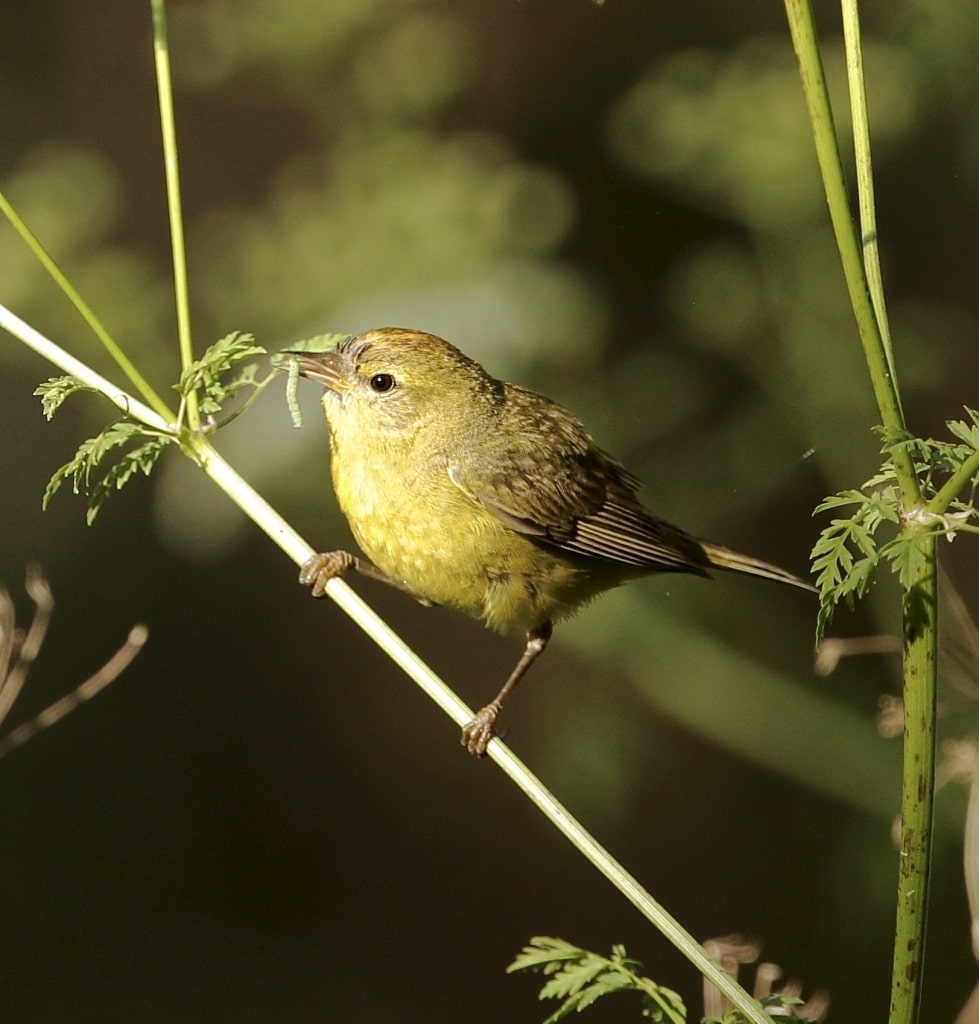 Orange-crowned Warbler by Pam Young
Orange-crowned Warbler by Pam Young
Each day can be a new joyful discovery in nature.
Now you have time to learn about that curious singing Wren who happens to be your neighbor. Where is that lovely singing Bewick’s Wren while you drink morning coffee or tea? Are those two California Towhees a loving and doting couple? Listen closely. You might hear their soft contact calls, letting each other know that they are safely nearby. Have all the Golden-crowned Sparrows flown north to their nesting site – or will some remain in your neighborhood for the season? Why will they stay? Are they not yet breeding age? Where do the busy Bushtits spend their afternoons?
 Bewick’s Wren by Aurora Santiago
Bewick’s Wren by Aurora Santiago
With our containment at home comes a freedom to experience time according to birds. We have an opportunity to explore the natural world up close and on nature’s schedule. With our family members, friends, and young ones, we can explore the wonder of birds and feel uplifted by their engaging displays.
It’s easy to love birds and other wildlife. Enjoy this opportunity to appreciate them for the solace and comfort that they provide us just by living their lives.…

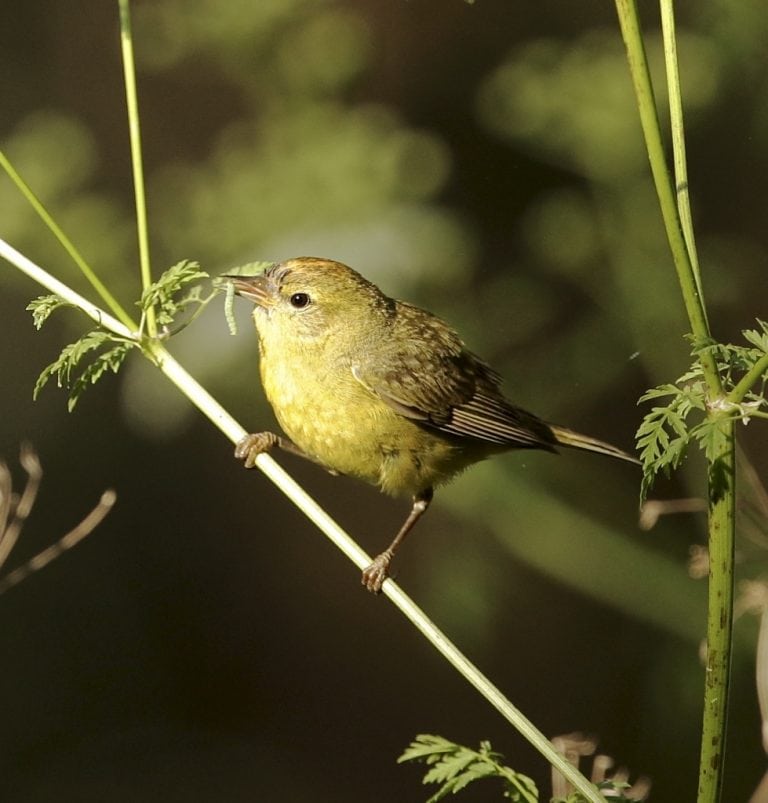
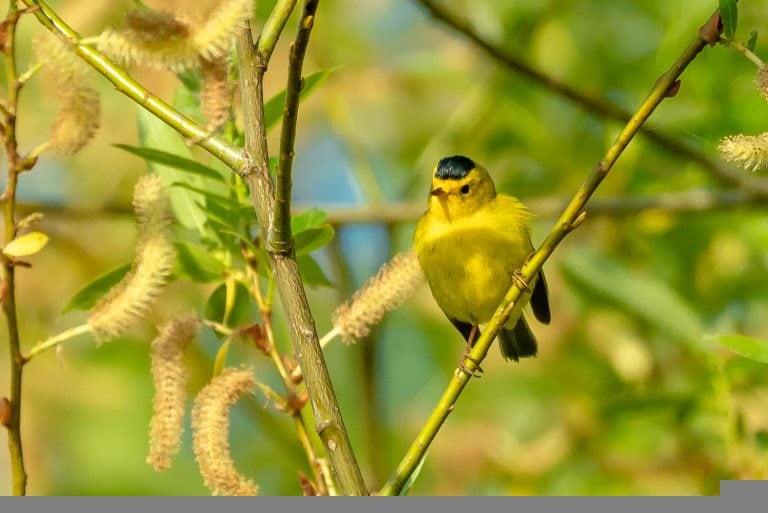
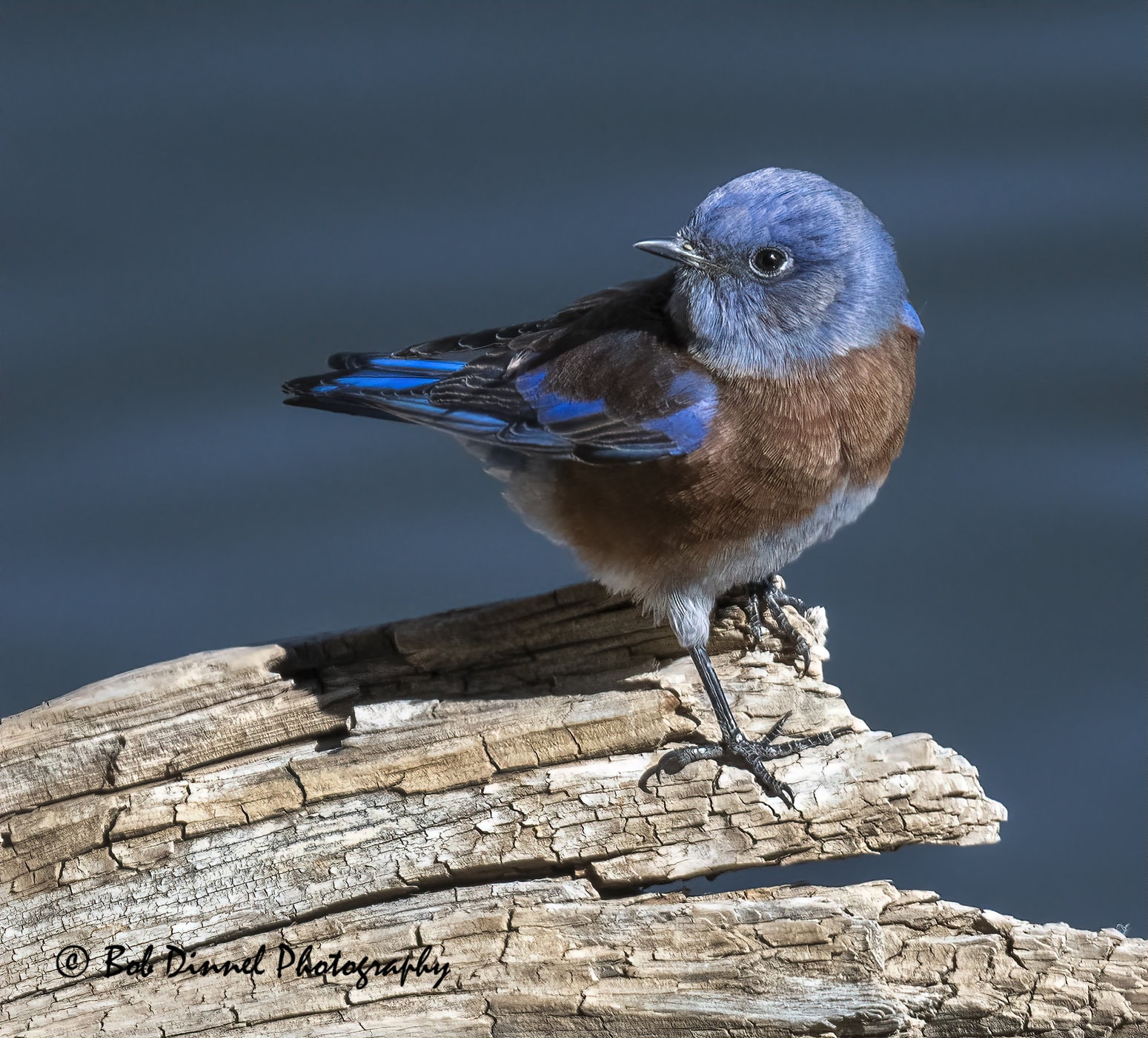 Western Bluebird by Bob Dinnel
Western Bluebird by Bob Dinnel
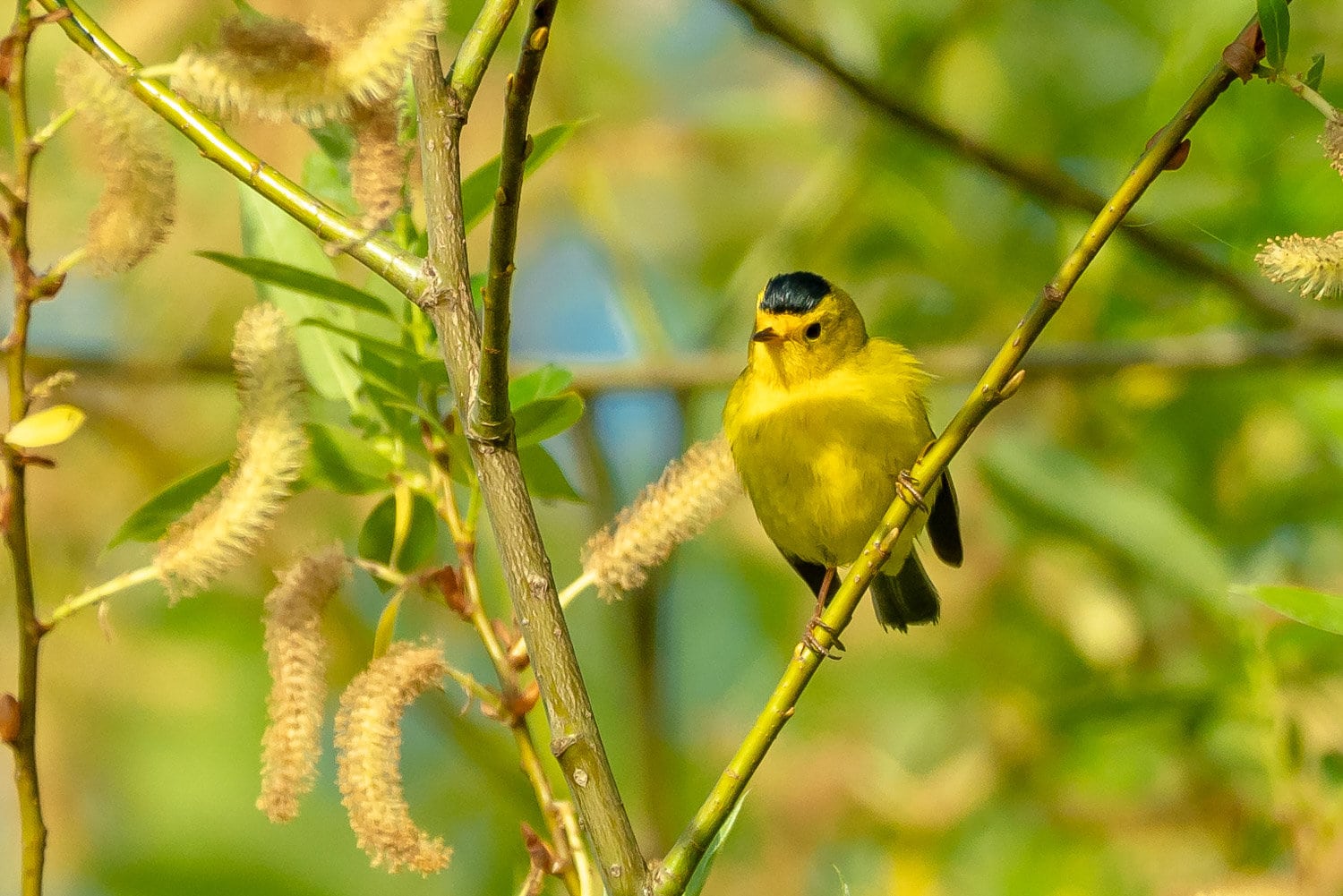 Wilson’s Warbler by Tony Spane
Wilson’s Warbler by Tony Spane
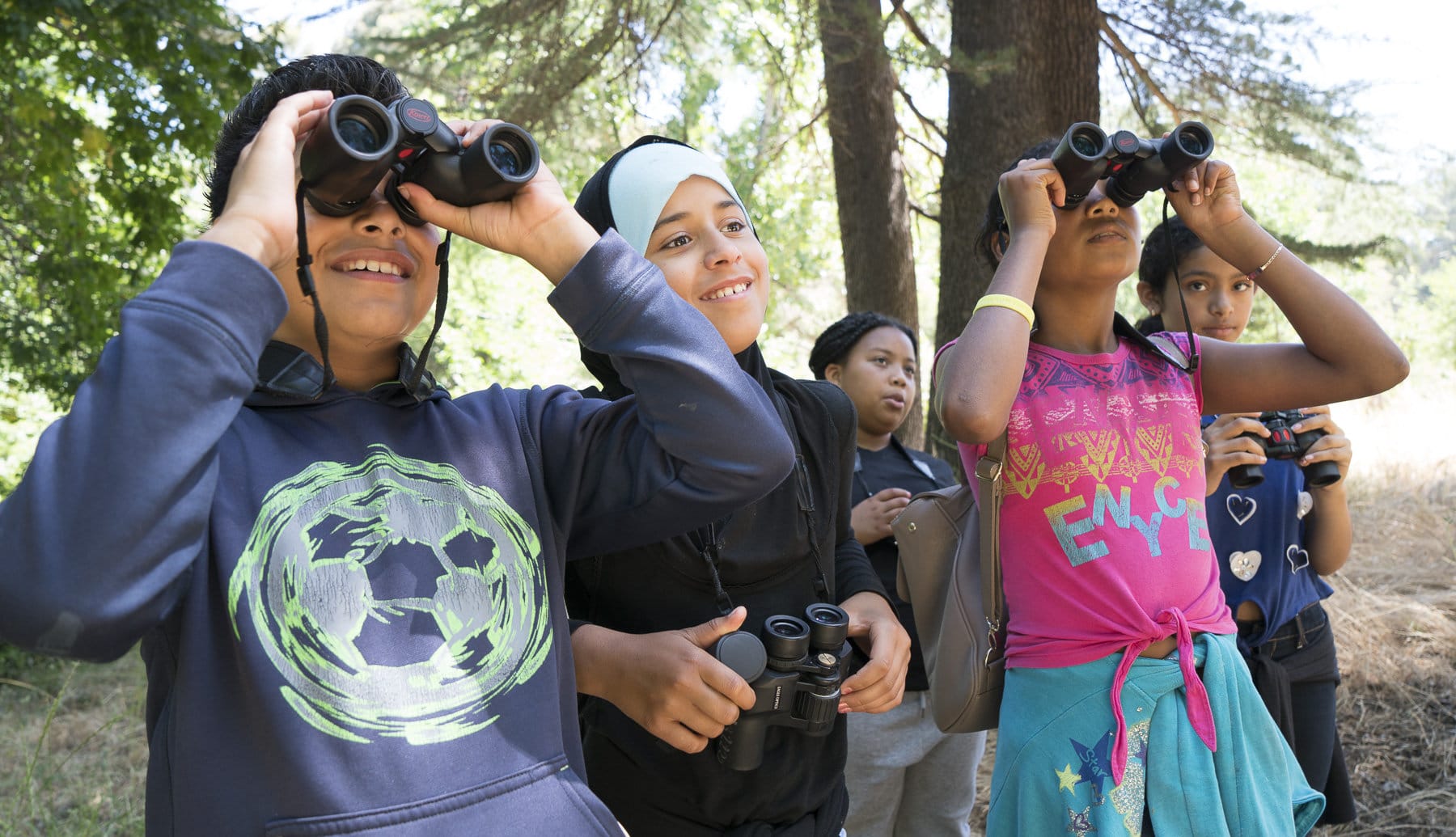 One of our award winning Eco-Ed classes in progress.
One of our award winning Eco-Ed classes in progress.
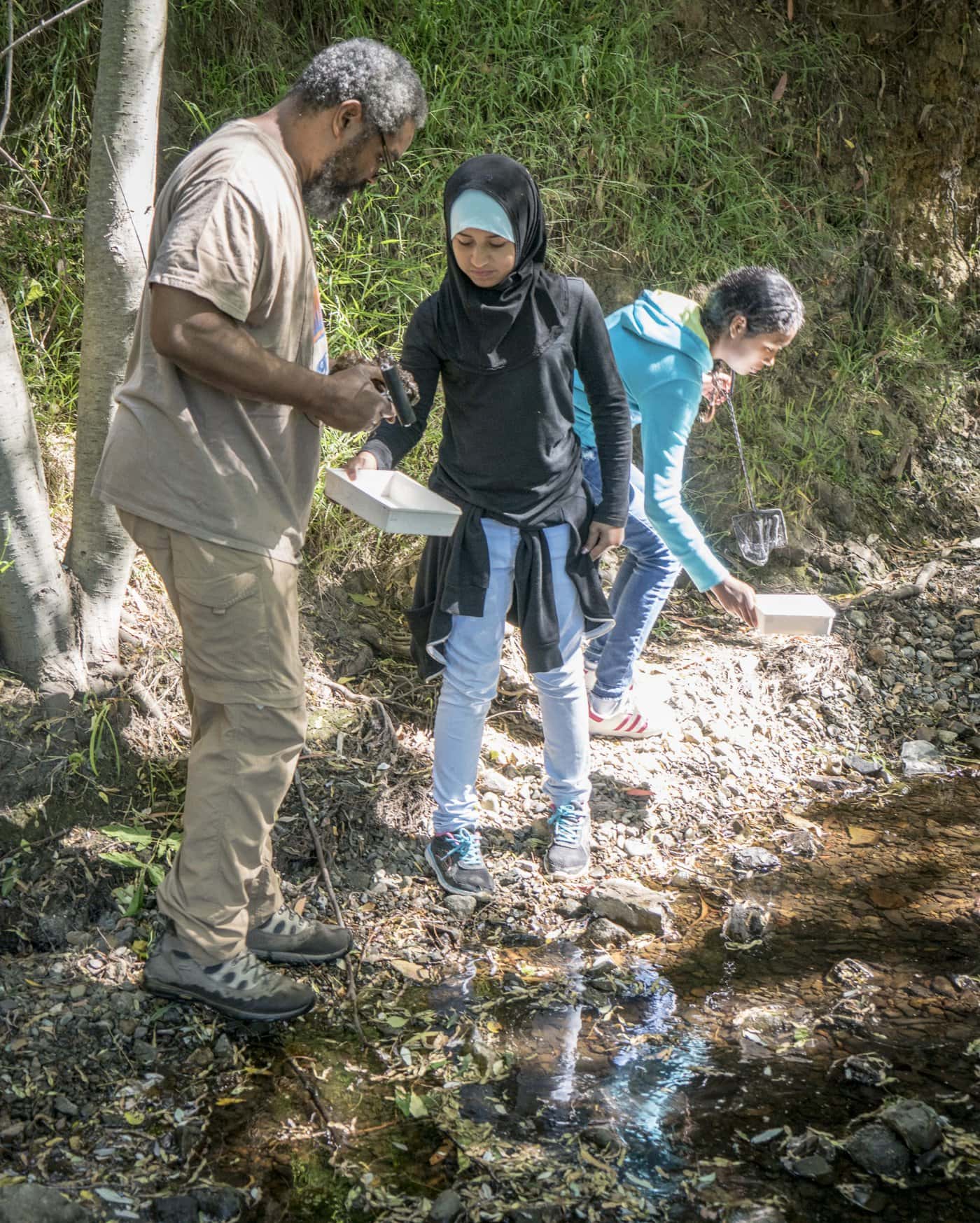 Clay Anderson, our Eco-Ed Manager, works with a student during one of our Eco-Ed classes.
Clay Anderson, our Eco-Ed Manager, works with a student during one of our Eco-Ed classes.
 Our Salesforce Volunteer Program is one of our many successful habitat restoration initiatives. Photo by our Volunteer Coordinator, Janet Carpinelli
Our Salesforce Volunteer Program is one of our many successful habitat restoration initiatives. Photo by our Volunteer Coordinator, Janet Carpinelli
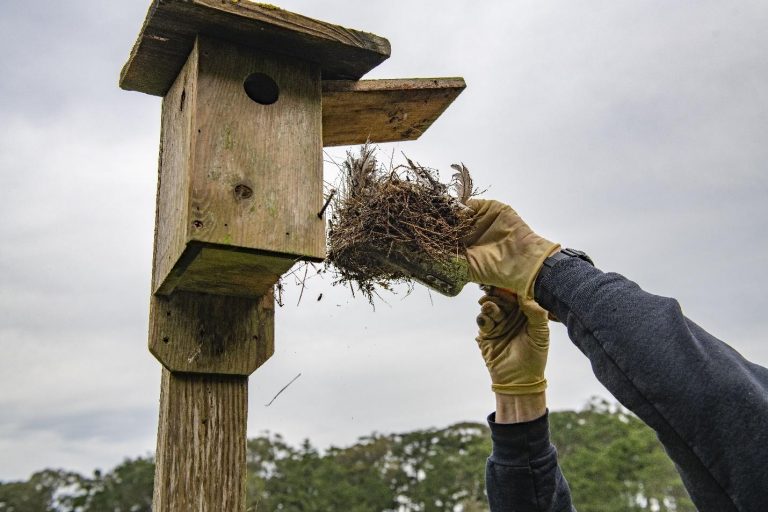
 Tree Swallow by Noreen Weeden
Tree Swallow by Noreen Weeden

 Ruddy Duck by Angie Geiger
Ruddy Duck by Angie Geiger
 Bird tour at Lake Merced by Angie Geiger
Bird tour at Lake Merced by Angie Geiger
